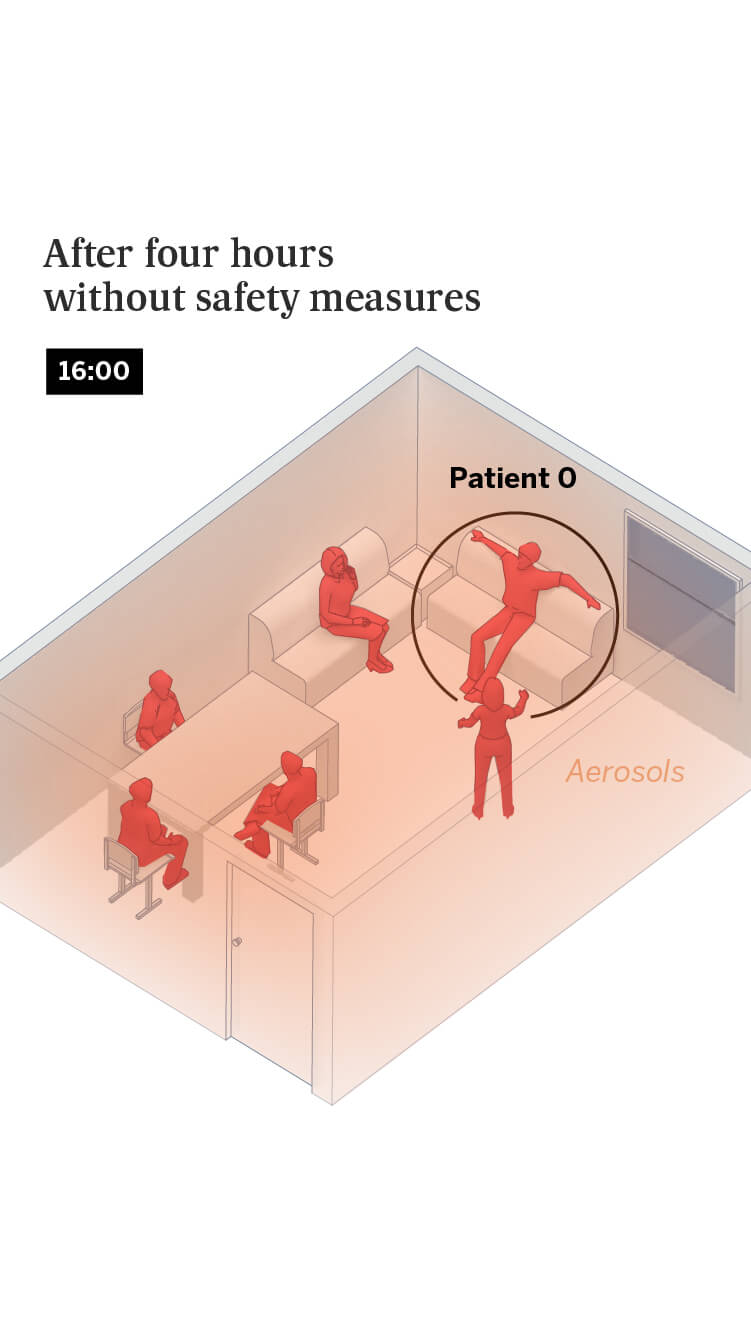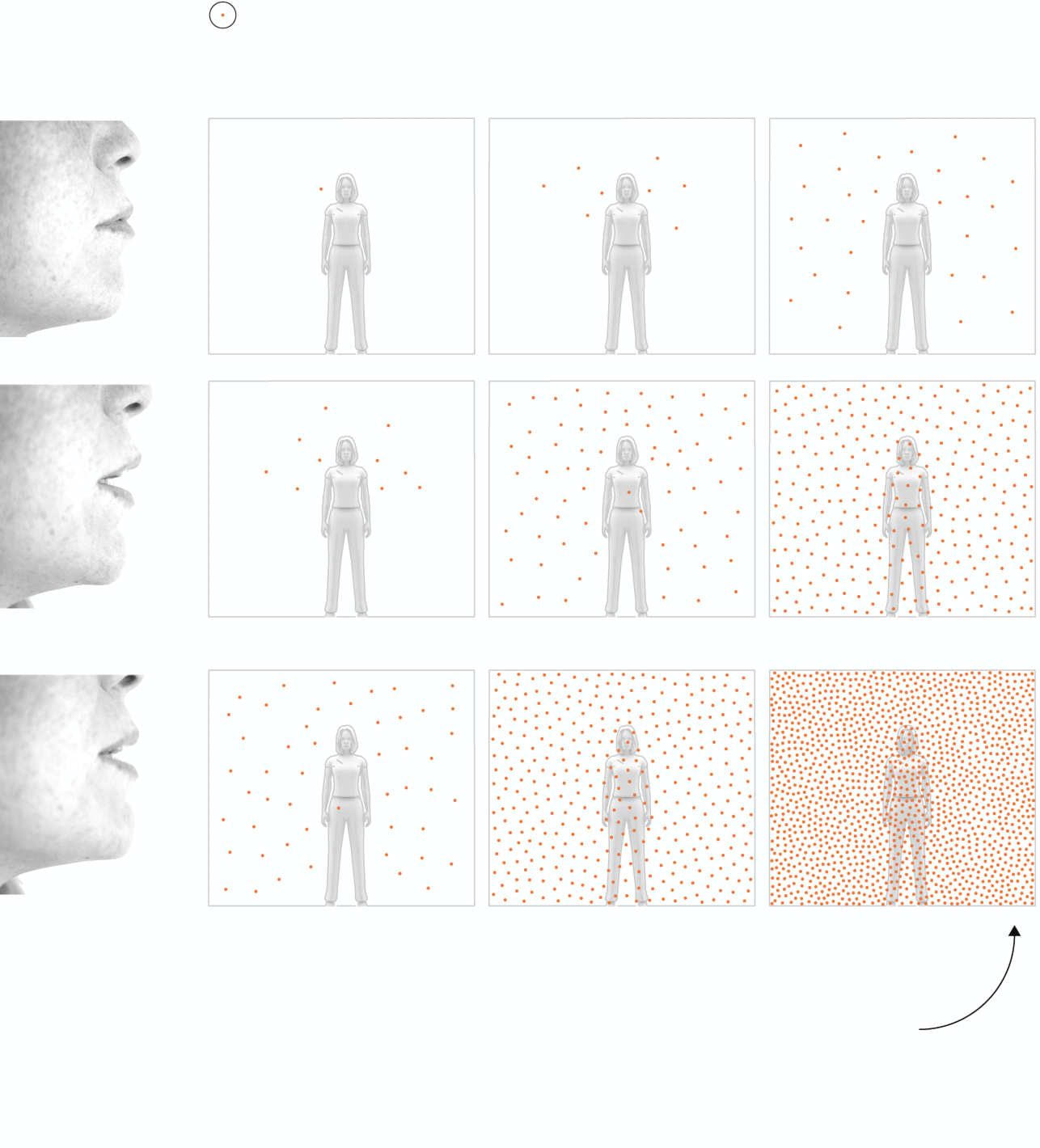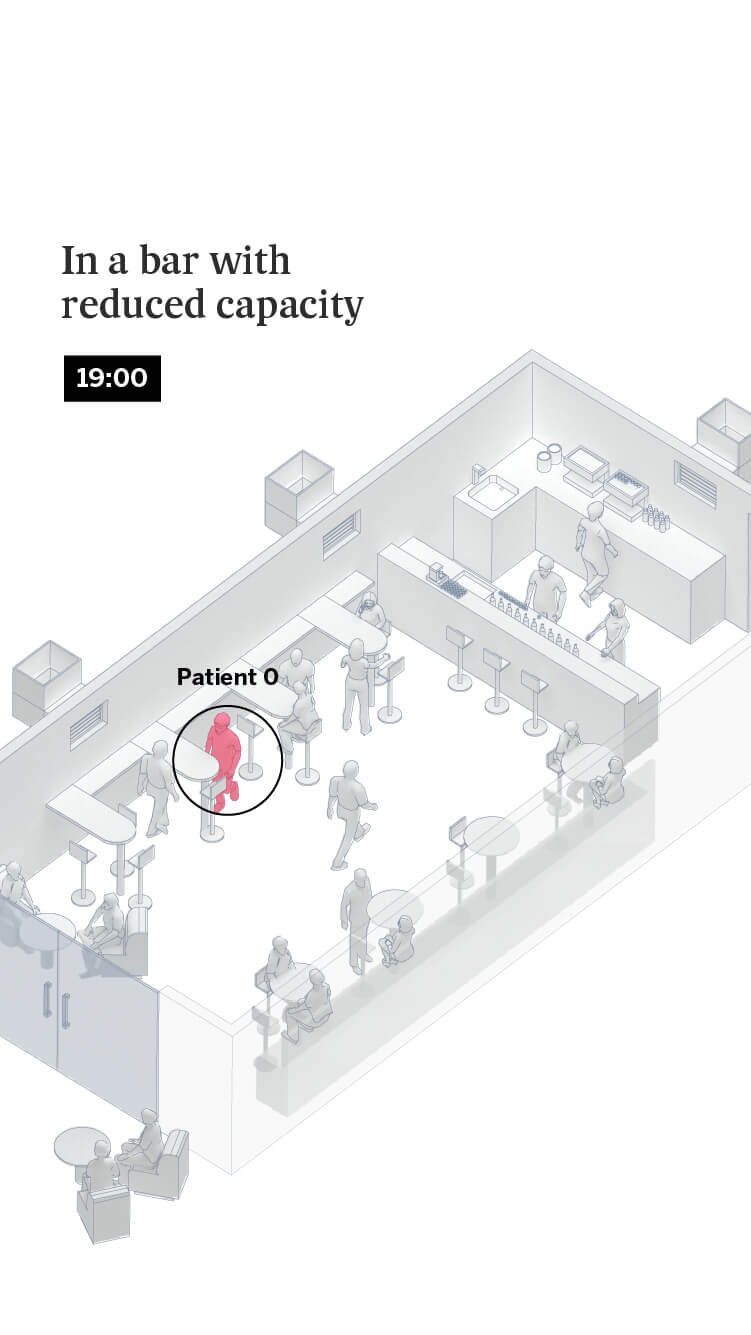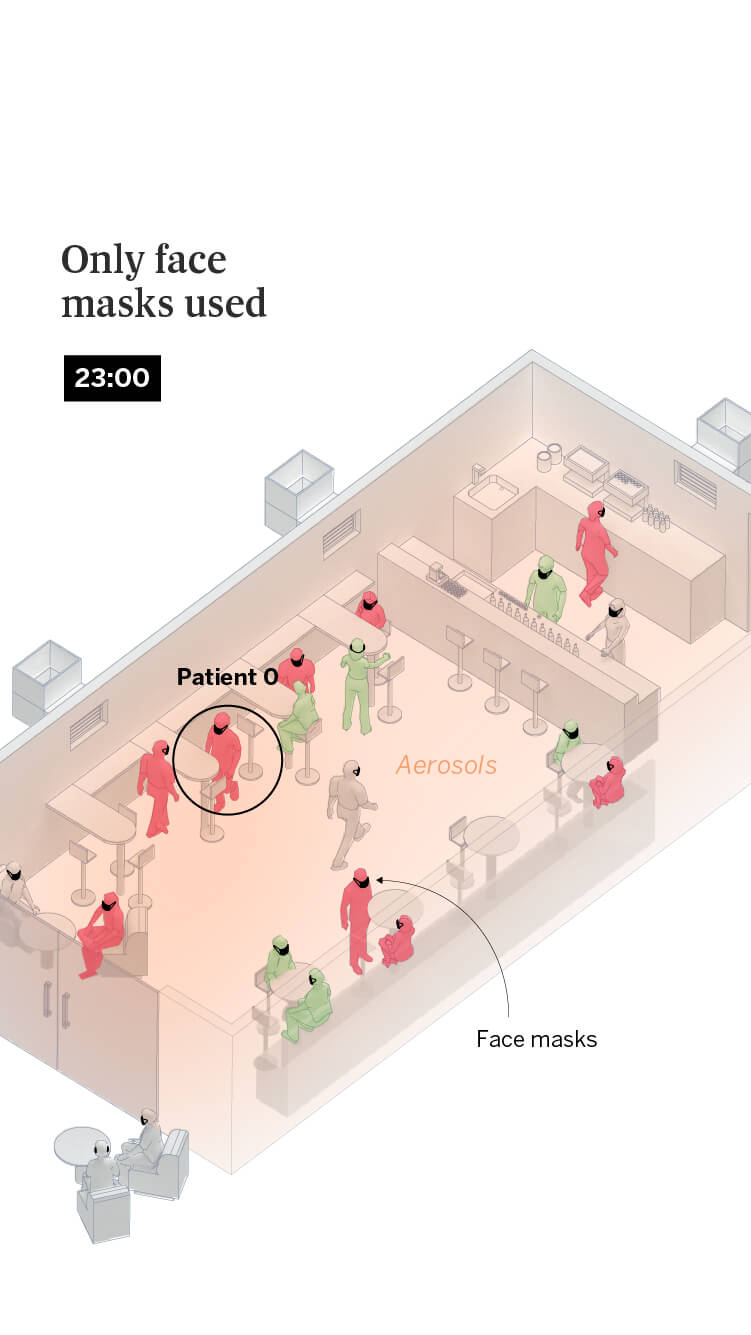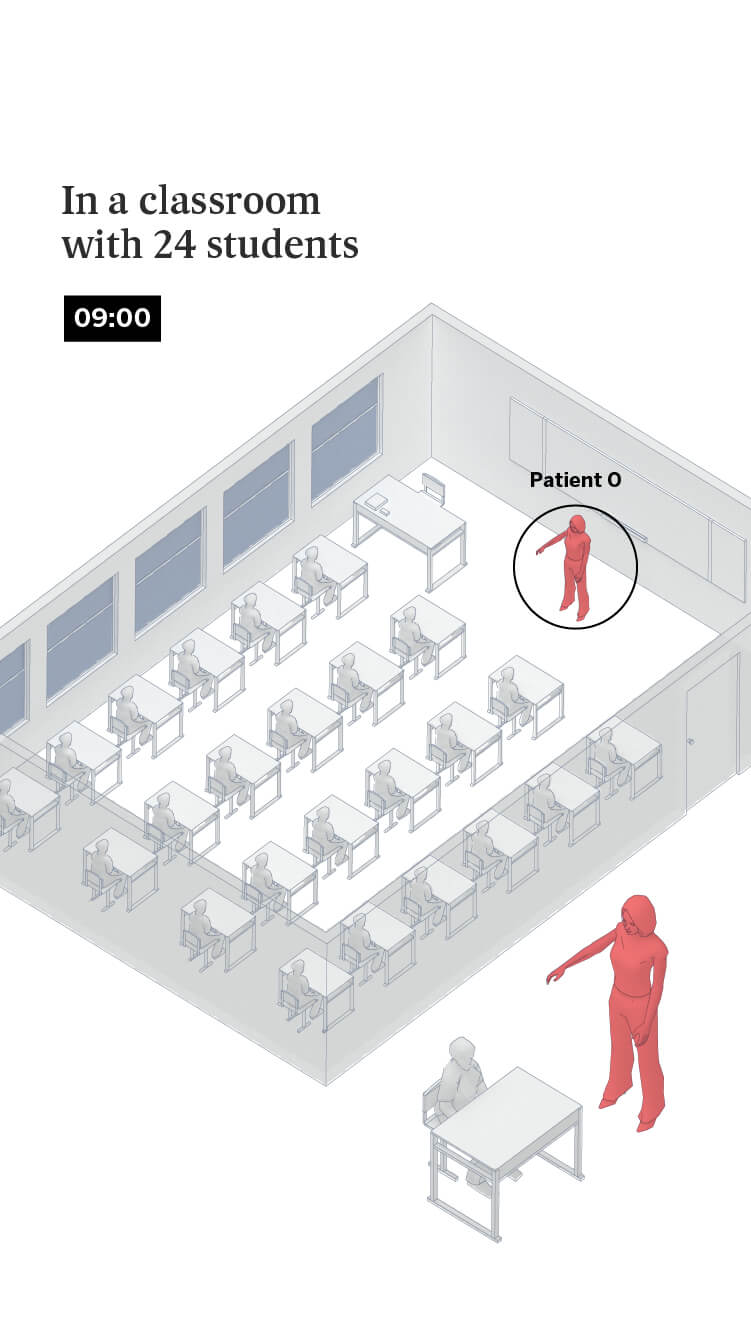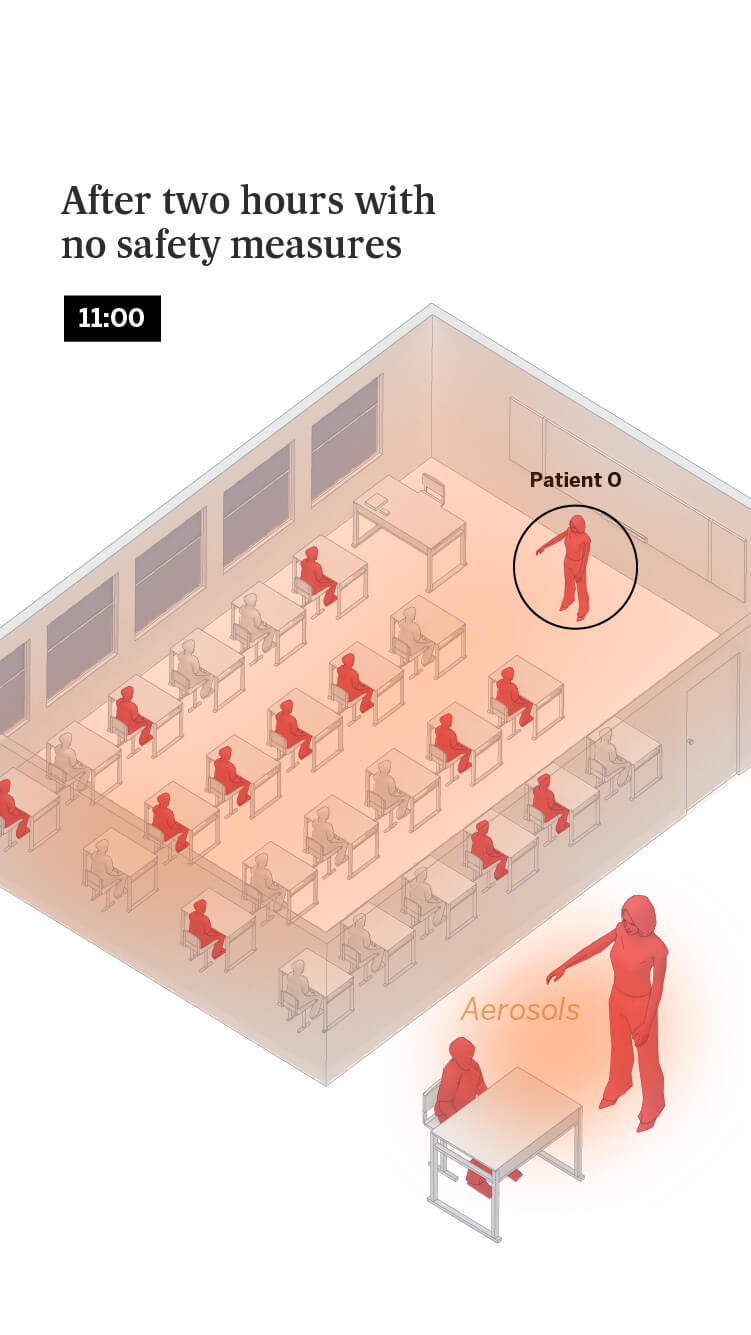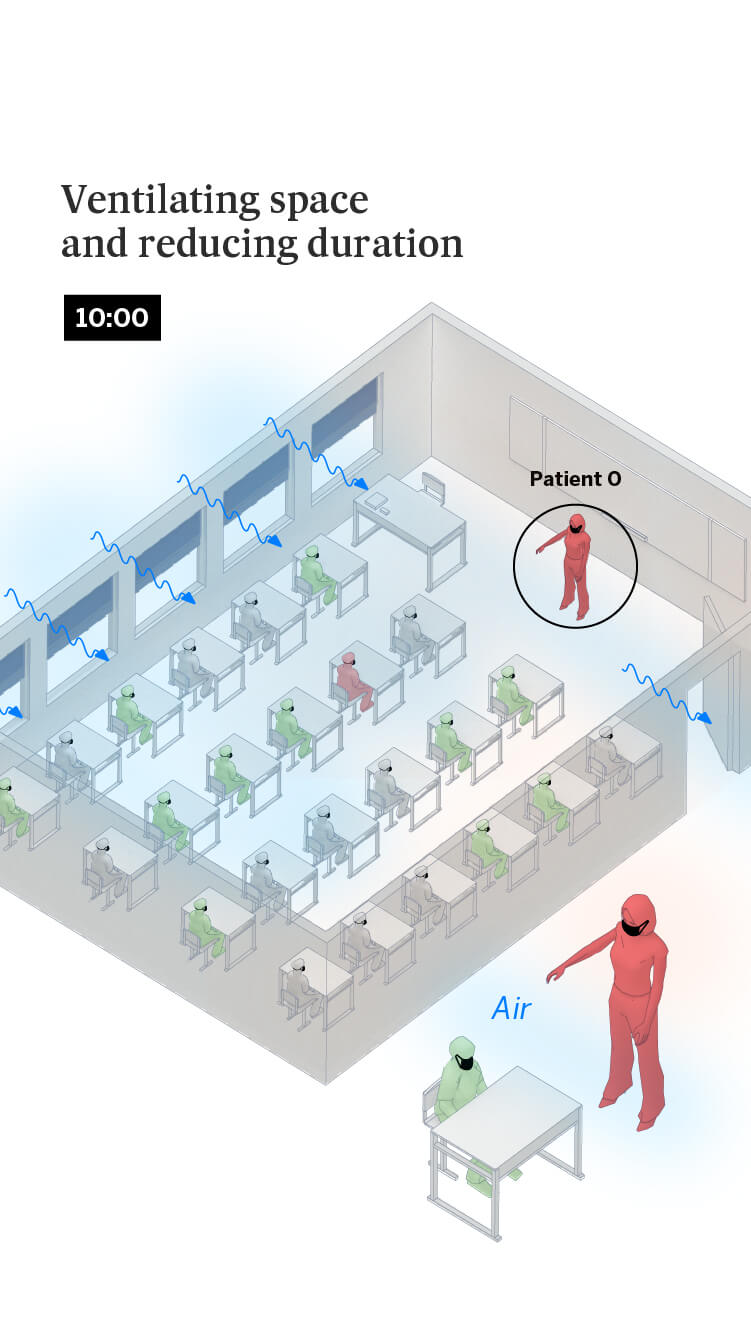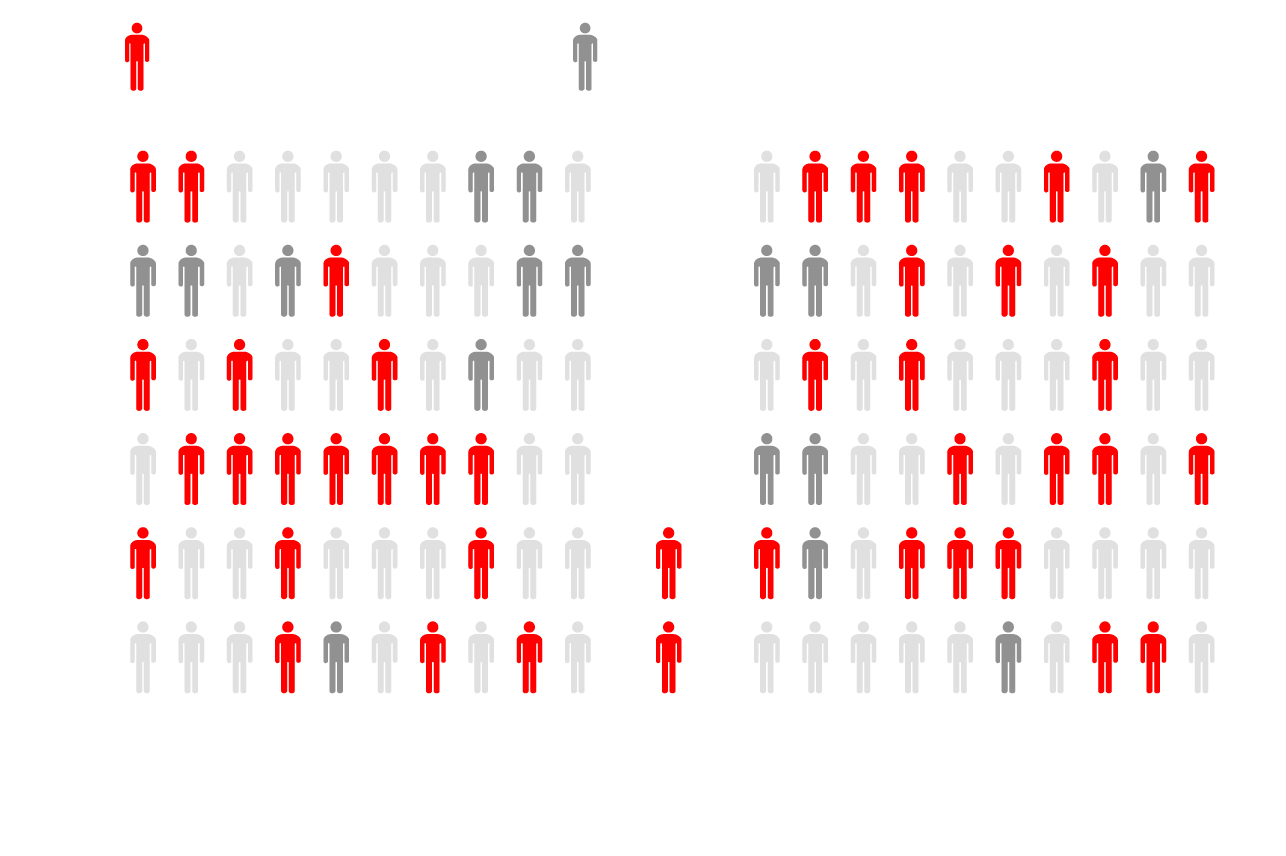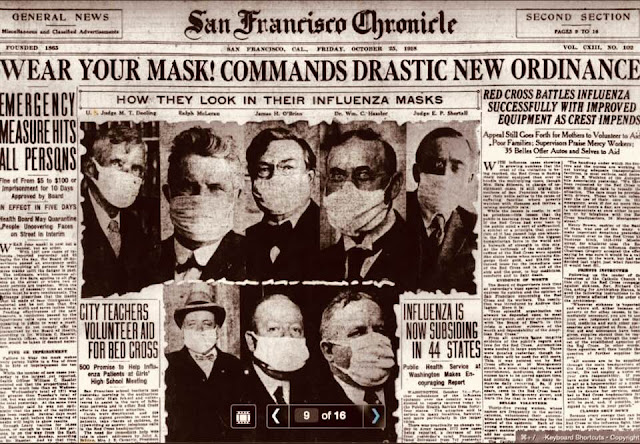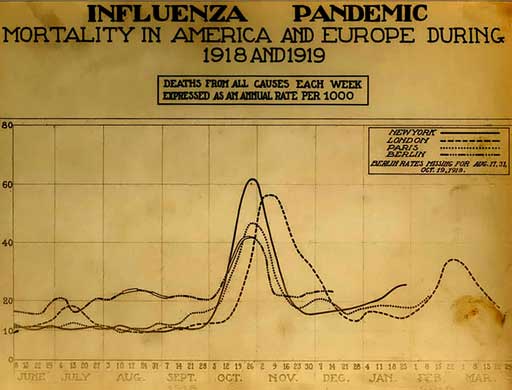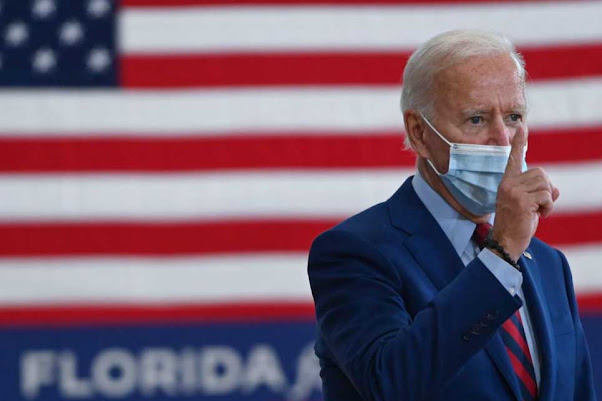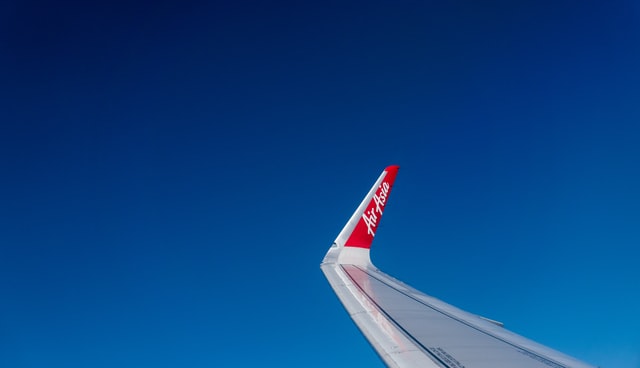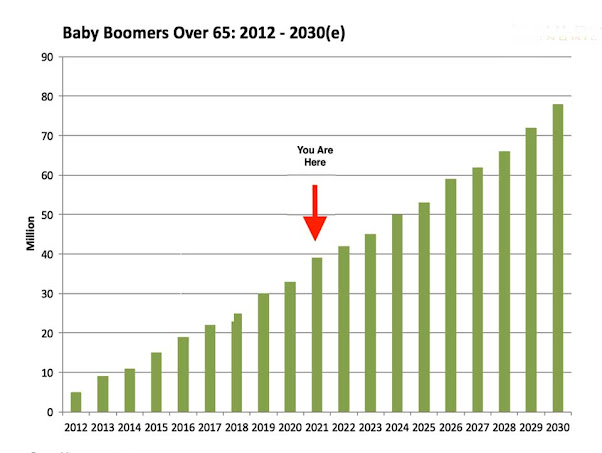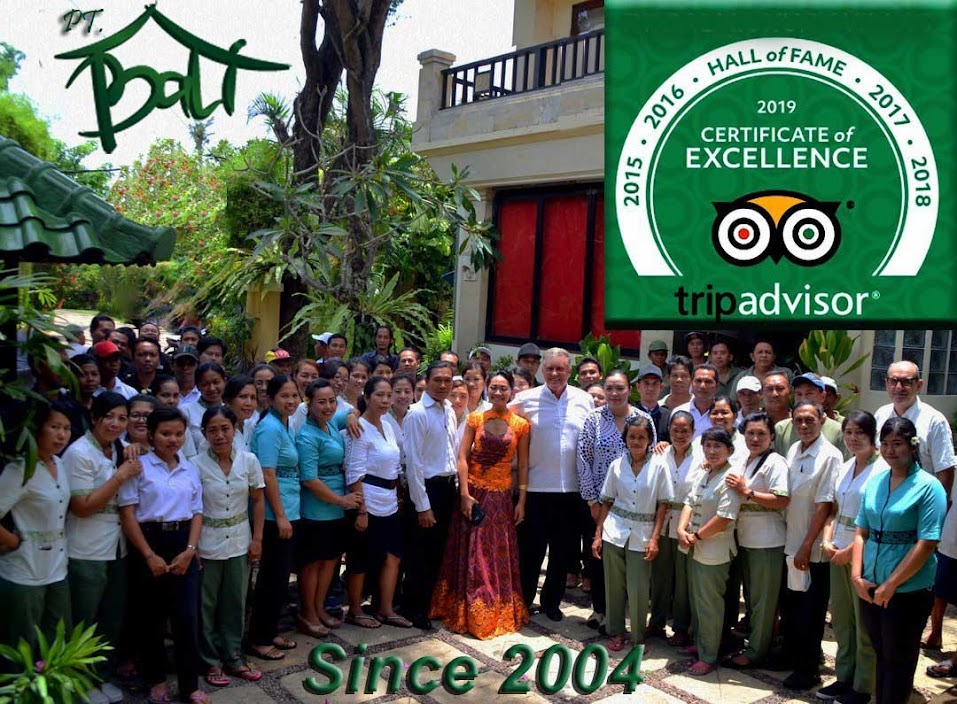"Those Who Do Not Learn History Are Doomed To Repeat It."
History shows that both those who do not learn history and those who do learn history are doomed to repeat it.
The quote is most likely due to writer and philosopher George Santayana, and in its original form it read, "Those who cannot remember the past are condemned to repeat it."
Santayana was known for aphorisms, and for being a professor in philosophy at Harvard which he abandoned.
According to Santayana's philosophy, history repeats.
The phrasing itself certainly is catchy. It's a big one, not only because it is so common, but also because if it is true and if history, driven by human nature, is ugly (hint: it is), then this saying ought to guide our public and private policy.
Are we doomed to repeat the 1918 Spanish flu pandemic where one third of the world's population was affected?
When I saw this photo and noticed the date, October 1918, I found it very eerie that this week is almost identical historically to 102 years ago.
So hopefully if history does repeat itself this month will be the peak of cases.
In the coming weeks if history repeats itself it will be the peak of number of deaths caused by this horrific pandemic which is very similar to the Spanish flu in 1918.
The first observations of illness and mortality were documented in the United States (in Fort Riley, Haskell County, Kansas as well as in New York City), France (Brest), Germany and the United Kingdom. To maintain morale, World War I censors minimized these early reports. Newspapers were free to report the epidemic's effects in neutral Spain, such as the grave illness of King Alfonso XIII, and these stories created a false impression of Spain as especially hard hit. This gave rise to the name "Spanish" flu. Historical and epidemiological data are inadequate to identify with certainty the pandemic's geographic origin, with varying views as to its location.
Most influenza outbreaks disproportionately kill the very young and the very old, with a higher survival rate for those in between, but the Spanish flu pandemic resulted in a higher-than-expected mortality rate for young adults.[6] Scientists offer several possible explanations for the high mortality rate of the 1918 influenza pandemic. Some analyses have shown the virus to be particularly deadly because it triggers a cytokine storm, which ravages the stronger immune system of young adults.[7] In contrast, a 2007 analysis of medical journals from the period of the pandemic found that the viral infection was no more aggressive than previous influenza strains.[8][9] Instead, malnourishment, overcrowded medical camps and hospitals, and poor hygiene, all exacerbated by the recent war, promoted bacterial superinfection. This superinfection killed most of the victims, typically after a somewhat prolonged death bed.[10][11]
The 1918 Spanish flu was the first of two pandemics caused by H1N1 influenza A virus; the second was the 2009 swine flu pandemic.[12]
First wave of early 1918
The pandemic is conventionally marked as having begun on 4 March 1918 with the recording of the case of Albert Gitchell, an army cook at Camp Funston in Kansas, United States, despite there likely having been cases before him.[25] The disease had been observed in Haskell County in January 1918, prompting local doctor Loring Miner to warn the US Public Health Service's academic journal.[26] Within days, 522 men at the camp had reported sick.[27] By 11 March 1918, the virus had reached Queens, New York.[28] Failure to take preventive measures in March/April was later criticized.[29]
As the US had entered World War I, the disease quickly spread from Camp Funston, a major training ground for troops of the American Expeditionary Forces, to other US Army camps and Europe, becoming an epidemic in the Midwest, East Coast, and French ports by April 1918, and reaching the Western Front by the middle of the month.[25] It then quickly spread to the rest of France, Great Britain, Italy, and Spain and in May reached Breslau and Odessa.[25] After the signing of the Treaty of Brest-Litovsk, Germany started releasing Russian prisoners of war, who then brought the disease to their country.[30] It reached North Africa, India, and Japan in May, and soon after had likely gone around the world as there had been recorded cases in Southeast Asia in April.[31] In June an outbreak was reported in China.[32] After reaching Australia in July, the wave started to recede.[31]
The first wave of the flu lasted from the first quarter of 1918 and was relatively mild.[33] Mortality rates were not appreciably above normal;[34] in the United States ~75,000 flu-related deaths were reported in the first six months of 1918, compared to ~63,000 deaths during the same time period in 1915.[35] In Madrid, Spain, fewer than 1,000 people died from influenza between May and June 1918.[36] There were no reported quarantines during the first quarter of 1918. However, the first wave caused a significant disruption in the military operations of World War I, with three-quarters of French troops, half the British forces, and over 900,000 German soldiers sick.[37]
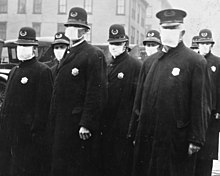
Seattle police wearing masks in December 1918
Deadly second wave of late 1918
The second wave began in the second half of August, probably spreading to Boston and Freetown, Sierra Leone, by ships from Brest, where it had likely arrived with American troops or French recruits for naval training.[37]
From the Boston Navy Yard and Camp Devens (later renamed Fort Devens), about 30 miles west of Boston, other U.S. military sites were soon afflicted, as were troops being transported to Europe.[38]
Helped by troop movements, it spread over the next two months to all of North America, and then to Central and South America, also reaching Brazil and the Caribbean on ships.[39]
From Freetown, the pandemic continued to spread through West Africa along the coast, rivers, and the colonial railways, and from railheads to more remote communities, while South Africa received it in September on ships bringing back members of the South African Native Labour Corps returning from France.[39] From there it spread around southern Africa and beyond the Zambezi, reaching Ethiopia in November.[40] On September 15 New York City saw its first fatality from influenza.[41]The Philadelphia Liberty Loans Parade, held in Philadelphia, Pennsylvania, on 28 September 1918 to promote government bonds for World War I, resulted in 12,000 deaths after a major outbreak of the illness spread among people who had attended the parade.[42]
From Europe, the second wave swept through Russia in a southwest–northeast diagonal front, as well as being brought to Arkhangelsk by the North Russia intervention, and then spread throughout Asia following the Russian Civil War and the Trans-Siberian railway, reaching Iran (where it spread through the holy city of Mashhad), and then later India in September, as well as China and Japan in October.[43]
"The first wave had resembled typical flu epidemics; those most at risk were the sick and elderly, while younger, healthier people recovered easily"
October 1918 was the month with the highest fatality rate of the whole pandemic.[45] In the United States, ~292,000 deaths were reported between September–December 1918, compared to ~26,000 during the same time period in 1915.[35]
The Netherlands reported 40,000+ deaths from influenza and acute respiratory disease, Bombay reported ~15,000 deaths in a population of 1.1 million.[46]
The 1918 flu pandemic in India was especially deadly, with an estimated 12.5–20 million deaths in the fall months of 1918 alone.[33]
Third wave of 1919
"In January 1919, a third wave of the Spanish Flu hit Australia, where it killed 12,000 following the lifting of a maritime quarantine"
Then it spread quickly through Europe and the United States, where it lingered through the Spring and until June 1919.[13][47][48][44]
"It primarily affected Spain, Serbia, Mexico and Great Britain, resulting in hundreds of thousands of deaths."
It was less severe than the second wave but still much more deadly than the initial first wave. In the United States, isolated outbreaks occurred in some cities including Los Angeles,[50] New York City,[51] Memphis, Nashville, San Francisco and St. Louis.[52]
Overall American mortality rates were in the tens of thousands during the first six months of 1919.[53]
Fourth wave of 1920
In the spring 1920, a fourth wave occurred in isolated areas including New York City,[51] Switzerland, Scandinavia,[54] and some South American islands.[55] New York City alone reported 6,374 deaths between December 1919 and April 1920, almost twice the number of the first wave in spring 1918.[51] Other U.S. cities including Detroit, Milwaukee, Kansas City, Minneapolis and St. Louis were hit particularly hard, with death rates higher than all of 1918.[56] Peru experienced a late wave in early 1920, and Japan had one from late 1919 to 1920, with the last cases in March.[57] In Europe, five countries (Spain, Denmark, Finland, Germany and Switzerland) recorded a late peak between January–April 1920.[54]

American Red Cross nurses tend to flu patients in temporary wards set up inside Oakland Municipal Auditorium, 1918.
Potential origins
Despite its name, historical and epidemiological data cannot identify the geographic origin of the Spanish flu.[2]
A report published in 2016 in the Journal of the Chinese Medical Association found evidence that the 1918 virus had been circulating in the European armies for months and possibly years before the 1918 pandemic.[64] Political scientist Andrew Price-Smith published data from the Austrian archives suggesting the influenza began in Austria in early 1917.[65]
A 2009 study in Influenza and Other Respiratory Viruses found that Spanish flu mortality simultaneously peaked within the two-month period of October and November 1918 in all fourteen European countries analyzed, which is inconsistent with the pattern that researchers would expect if the virus had originated somewhere in Europe and then spread outwards.[66]
China
In 1993, Claude Hannoun, the leading expert on the Spanish flu at the Pasteur Institute, asserted "the precursor virus was likely to have come from China and then mutated in the United States" near Boston and from there spread to Brest, France, Europe's battlefields, the rest of Europe, and the rest of the world, with Allied soldiers and sailors as the main disseminators.[67] Hannoun considered several alternative hypotheses of origin, such as Spain, Kansas, and Brest, as being possible, but not likely.[67] In 2014, historian Mark Humphries argued that the mobilization of 96,000 Chinese laborers to work behind the British and French lines might have been the source of the pandemic. Humphries, of the Memorial University of Newfoundland in St. John's, based his conclusions on newly unearthed records. He found archival evidence that a respiratory illness that struck northern China (where the laborers came from) in November 1917 was identified a year later by Chinese health officials as identical to the Spanish flu.[68][69] However, no tissue samples have survived for modern comparison.[70] Nevertheless, there were some reports of respiratory illness on parts of the path the laborers took to get to Europe, which also passed through North America.[70]
"One of the few regions of the world seemingly less affected by the Spanish flu pandemic was China, where several studies have documented a comparatively mild flu season in 1918".
[71][72][73] (Although this is disputed due to lack of data during the Warlord Period, see Around the globe.) This has led to speculation that the Spanish flu pandemic originated in China,[73][72][74][75] as the lower rates of flu mortality may be explained by the Chinese population's previously acquired immunity to the flu virus.[76][73][72]
A report published in 2016 in the Journal of the Chinese Medical Association found no evidence that the 1918 virus was imported to Europe via Chinese and Southeast Asian soldiers and workers and instead found evidence of its circulation in Europe before the pandemic.[64] The 2016 study suggested that the low flu mortality rate (an estimated one in a thousand) found among the Chinese and Southeast Asian workers in Europe meant that the deadly 1918 influenza pandemic could not have originated from those workers.[64] Further evidence against the disease being spread by Chinese workers was that workers entered Europe through other routes that did not result in a detectable spread, making them unlikely to have been the original hosts.[59]
Epidemiology and pathology
Transmission and mutation
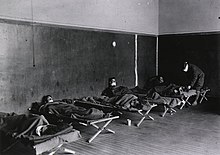
As U.S. troops deployed en masse for the war effort in Europe, they carried the Spanish flu with them.
The basic reproduction number of the virus was between 2 and 3.[77] The close quarters and massive troop movements of World War I hastened the pandemic, and probably both increased transmission and augmented mutation. The war may also have reduced people's resistance to the virus. Some speculate the soldiers' immune systems were weakened by malnourishment, as well as the stresses of combat and chemical attacks, increasing their susceptibility.[78][79] A large factor in the worldwide occurrence of the flu was increased travel.
Modern transportation systems made it easier for soldiers, sailors, and civilian travelers to spread the disease.[citation needed] Another was lies and denial by governments, leaving the population ill-prepared to handle the outbreaks.[80]
The severity of the second wave has been attributed to the circumstances of the First World War.[81] In civilian life, natural selection favors a mild strain.
Those who get very ill stay home, and those mildly ill continue with their lives, preferentially spreading the mild strain.
In the trenches, natural selection was reversed. Soldiers with a mild strain stayed where they were, while the severely ill were sent on crowded trains to crowded field hospitals, spreading the deadlier virus.
The second wave began, and the flu quickly spread around the world again. Consequently, during modern pandemics, health officials look for deadlier strains of a virus when it reaches places with social upheaval.[82]
The fact that most of those who recovered from first-wave infections had become immune showed that it must have been the same strain of flu.
This was most dramatically illustrated in Copenhagen, which escaped with a combined mortality rate of just 0.29% (0.02% in the first wave and 0.27% in the second wave) because of exposure to the less-lethal first wave.[83]
For the rest of the population, the second wave was far more deadly; the most vulnerable people were those like the soldiers in the trenches – adults who were young and fit.[84]
"After the lethal second wave struck in late 1918, new cases dropped abruptly"
In Philadelphia, for example, 4,597 people died in the week ending 16 October, but by 11 November, influenza had almost disappeared from the city.
One explanation for the rapid decline in the lethality of the disease is that doctors became more effective in the prevention and treatment of pneumonia that developed after the victims had contracted the virus. However, John Barry stated in his 2004 book The Great Influenza: The Epic Story of the Deadliest Plague In History that researchers have found no evidence to support this position.[7] Another theory holds that the 1918 virus mutated extremely rapidly to a less lethal strain. Such evolution of influenza is a common occurrence: there is a tendency for pathogenic viruses to become less lethal with time, as the hosts of more dangerous strains tend to die out.[7] Some fatal cases did continue into March 1919, killing one player in the 1919 Stanley Cup Finals.
Signs and symptoms

US Army symptomology of the flu
The majority of the infected experienced only the typical flu symptoms of sore throat, headache, and fever, especially during the first wave.[85]
However, during the second wave the disease was much more serious, often complicated by bacterial pneumonia, which was often the cause of death.[85]
This more serious type would cause heliotrope cyanosis to develop, whereby the skin would first develop two mahogany spots over the cheekbones which would then over a few hours spread to color the entire face blue, followed by black coloration first in the extremities and then further spreading to the limbs and the torso.[85]
After this, death would follow within hours or days due to the lungs being filled with fluids.[85]
Other signs and symptoms reported included spontaneous mouth and nosebleeds, miscarriages for pregnant women, a peculiar smell, teeth, and hair falling, delirium, dizziness, insomnia, loss of hearing or smell, blurred vision, and impaired color vision.[85] One observer wrote, "One of the most striking of the complications was hemorrhage from mucous membranes, especially from the nose, stomach, and intestine. Bleeding from the ears and petechial hemorrhages in the skin also occurred".[86] The severity of the symptoms was believed to be caused by cytokine storms.[87]
The majority of deaths were from bacterial pneumonia,[88][89][90] a common secondary infection associated with influenza. This pneumonia was itself caused by common upper respiratory-tract bacteria, which were able to get into the lungs via the damaged bronchial tubes of the victims.[91] The virus also killed people directly by causing massive hemorrhages and edema in the lungs.[92] Modern analysis has shown the virus to be particularly deadly because it triggers a cytokine storm (overreaction of the body's immune system).[7] One group of researchers recovered the virus from the bodies of frozen victims and transfected animals with it. The animals suffered rapidly progressive respiratory failure and death through a cytokine storm. The strong immune reactions of young adults were postulated to have ravaged the body, whereas the weaker immune reactions of children and middle-aged adults resulted in fewer deaths among those groups.[93][94]
Misdiagnosis
Because the virus that caused the disease was too small to be seen under a microscope at the time, there were problems with correctly diagnosing it.[95] The bacterium Haemophilus influenzae was instead mistakenly thought to be the cause, as it was big enough to be seen and was present in many, though not all, patients.[95] For this reason, a vaccine that was used against that bacillus did not make an infection rarer but did decrease the death rate.[96]
During the deadly second wave there were also fears that it was in fact plague, dengue fever, or cholera.[97] Another common misdiagnosis was typhus, which was common in circumstances of social upheaval, and was therefore also affecting Russia in the aftermath of the October Revolution.[97] In Chile, the view of the country's elite was that the nation was in severe decline, and therefore the assumption of doctors was that the disease was typhus caused by poor hygiene, and not an infectious one, causing a mismanaged response which did not ban mass gatherings.[97]
Respo BPM so it's a definite for me started in March its peak in October it's amazing how similar things are and what they do says here in deeper in the first stage is now a prior meeting killed old people and sick people in the second stage in primary the job, I can't stop Carmen think what and by the way by the way one word comparison they believe it started in China and China had the one of the least amount of deaths from just weird you three years ago hundred to your nses
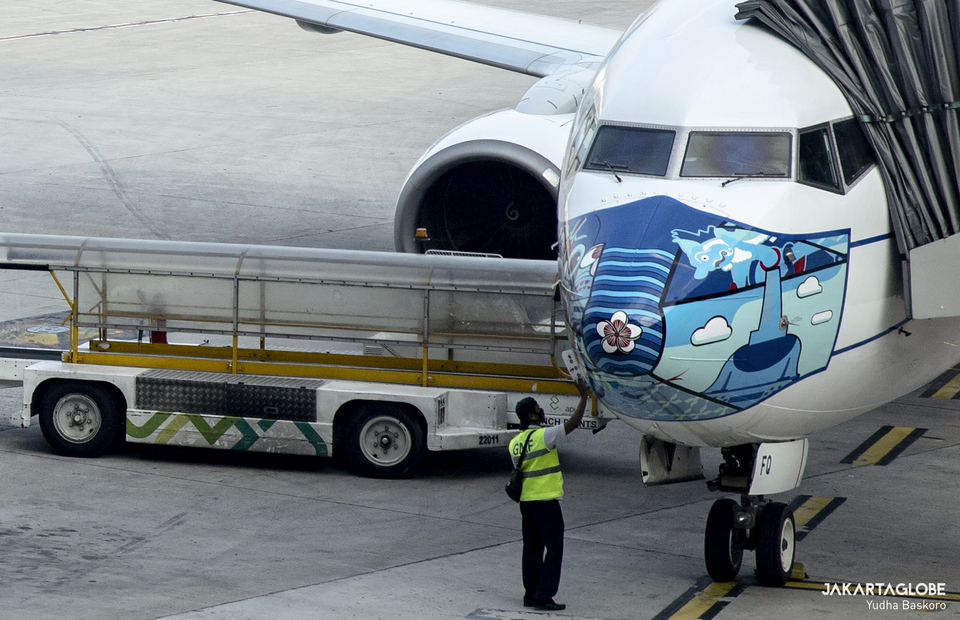
 A Garuda Indonesia ground staff orders passengers to observe physical distancing before boarding the plane at the Soekarno Hatta International Airport in Tangerang, Banten, on Oct. 19, 2020. (JG Photo/Yudha Baskoro)
A Garuda Indonesia ground staff orders passengers to observe physical distancing before boarding the plane at the Soekarno Hatta International Airport in Tangerang, Banten, on Oct. 19, 2020. (JG Photo/Yudha Baskoro)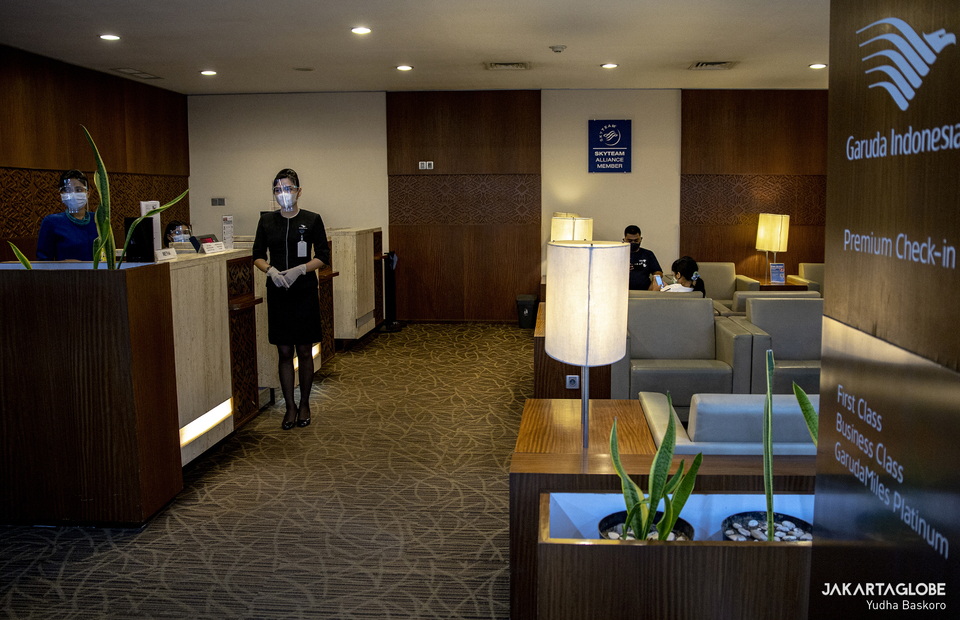 Garuda Indonesia staff welcome passengers at the lounge inside the Ngurah Rai International Airport in Denpasar, Bali on Oct. 21, 2020. (JG Photo/Yudha Baskoro)
Garuda Indonesia staff welcome passengers at the lounge inside the Ngurah Rai International Airport in Denpasar, Bali on Oct. 21, 2020. (JG Photo/Yudha Baskoro)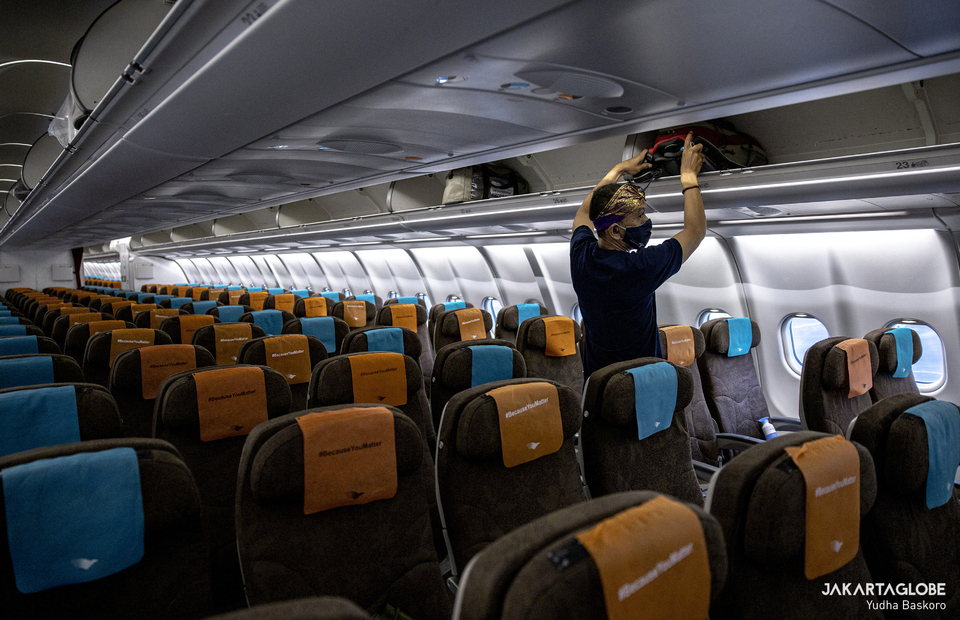 A passenger puts his bag on a compartment during a flight with Garuda Indonesia before the takeoff from Bali. (JG Photo/Yudha Baskoro)
A passenger puts his bag on a compartment during a flight with Garuda Indonesia before the takeoff from Bali. (JG Photo/Yudha Baskoro)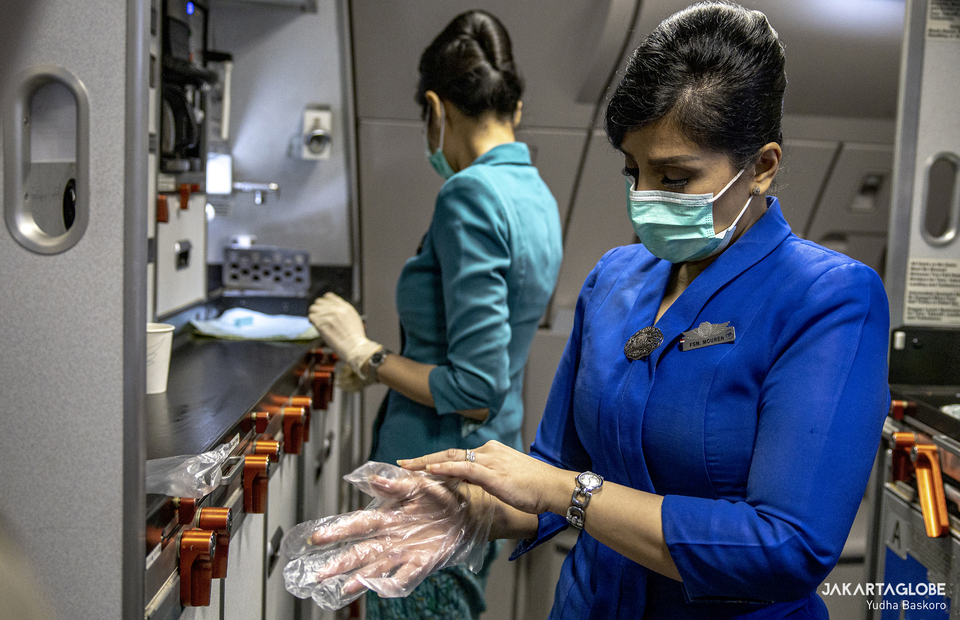 Garuda Indonesia flight attendants prepare meals for passengers during a flight from Denpasar, Bali to Jakarta. (JG Photo/Yudha Baskoro)
Garuda Indonesia flight attendants prepare meals for passengers during a flight from Denpasar, Bali to Jakarta. (JG Photo/Yudha Baskoro)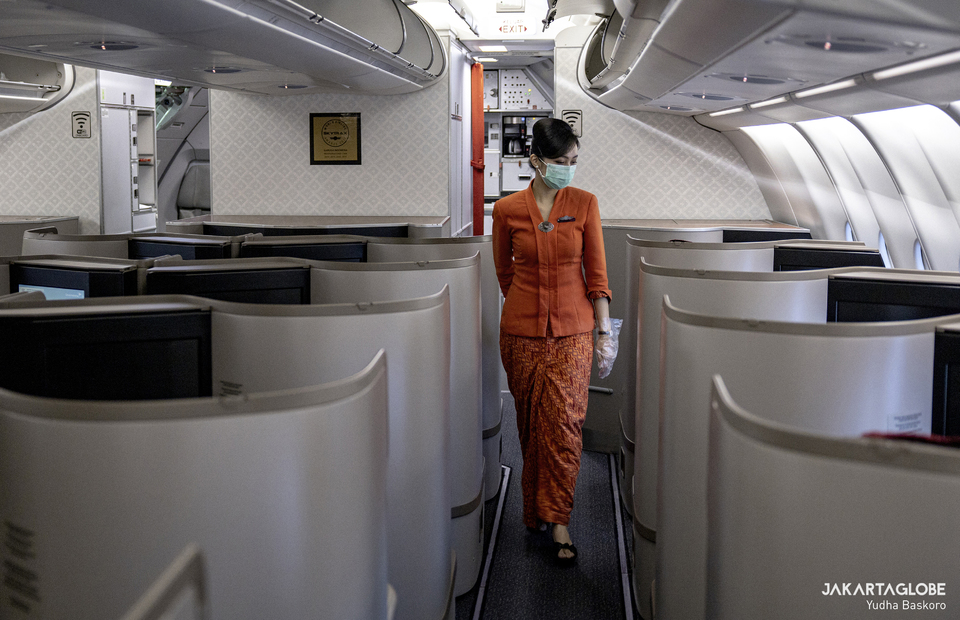 A cabin crew member inspects walks on the business class aisle. (JG Photo/Yudha Baskoro)
A cabin crew member inspects walks on the business class aisle. (JG Photo/Yudha Baskoro)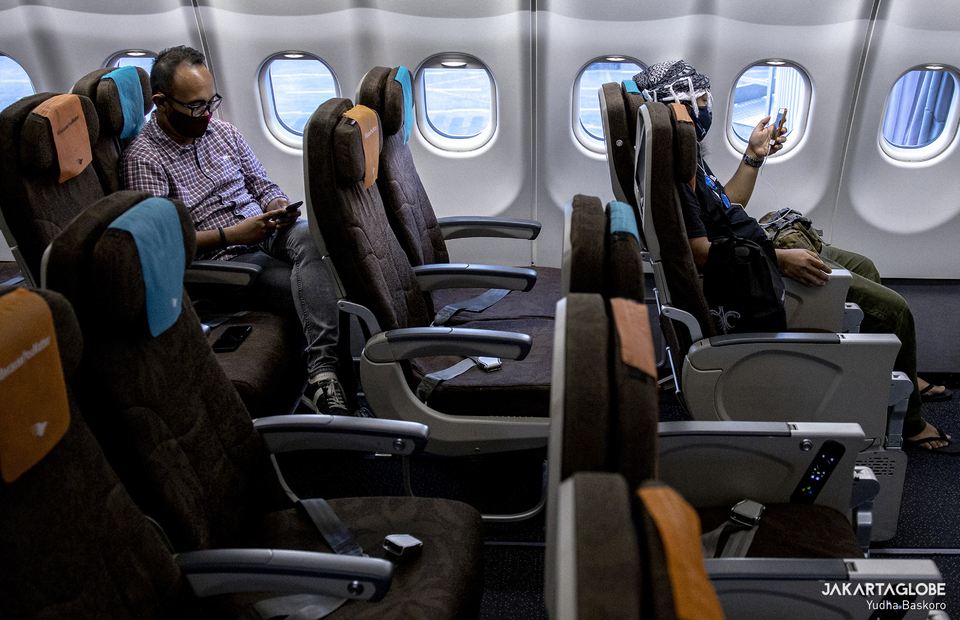 Garuda Indonesia passengers are separated in a safe distance during the flight. (JG Photo/Yudha Baskoro)
Garuda Indonesia passengers are separated in a safe distance during the flight. (JG Photo/Yudha Baskoro)

